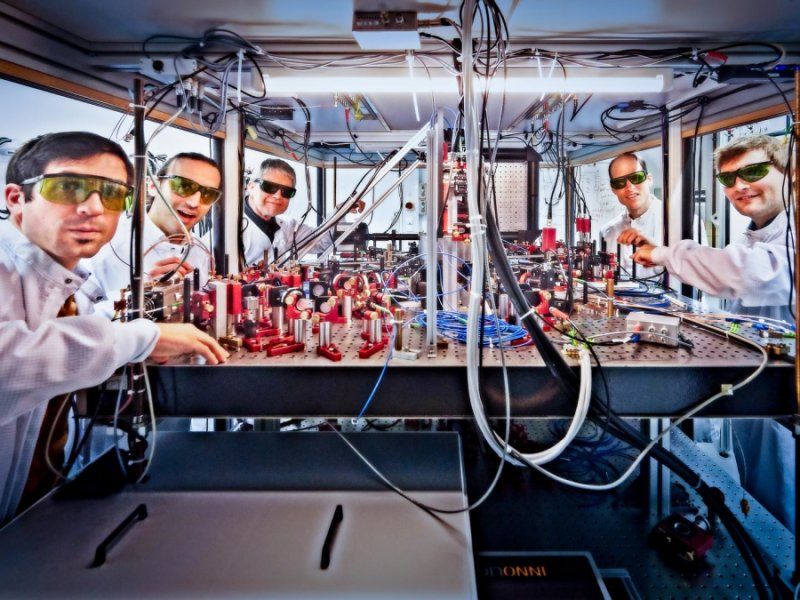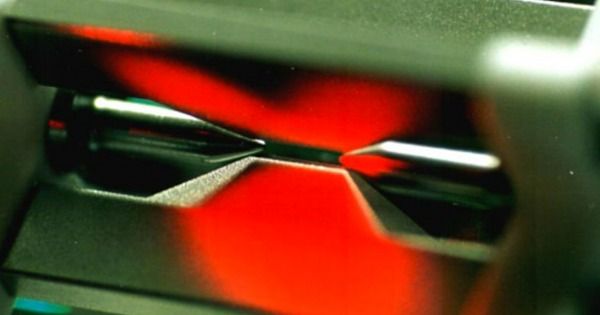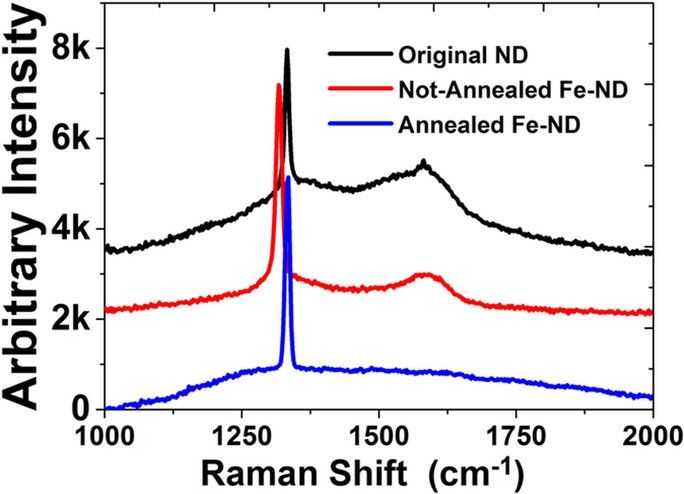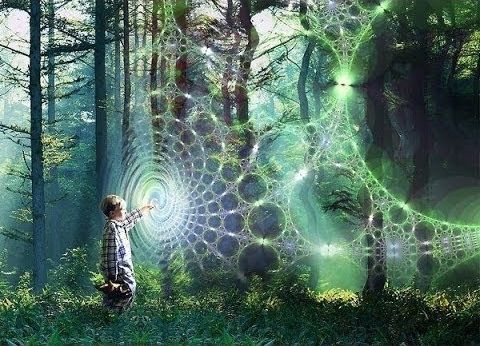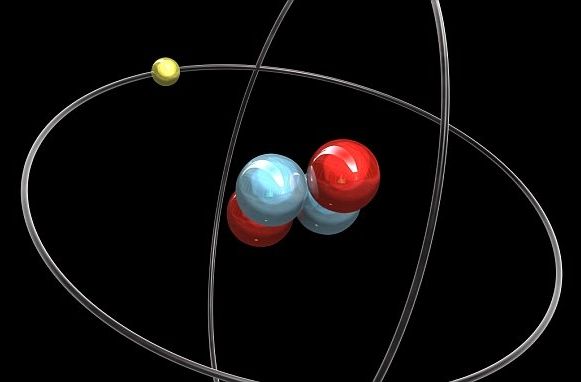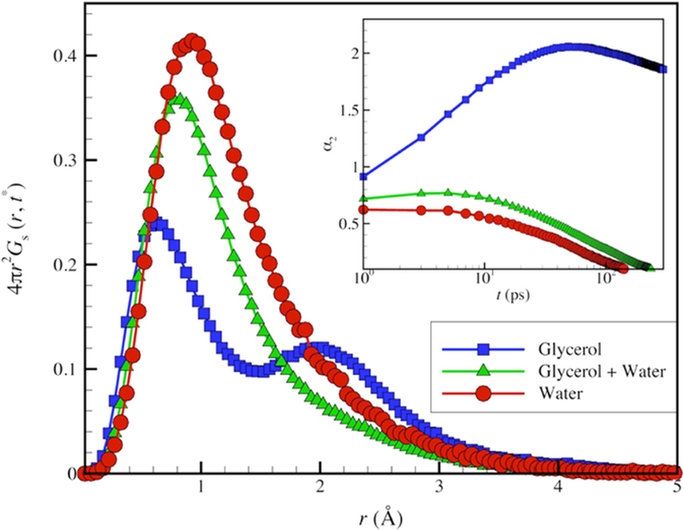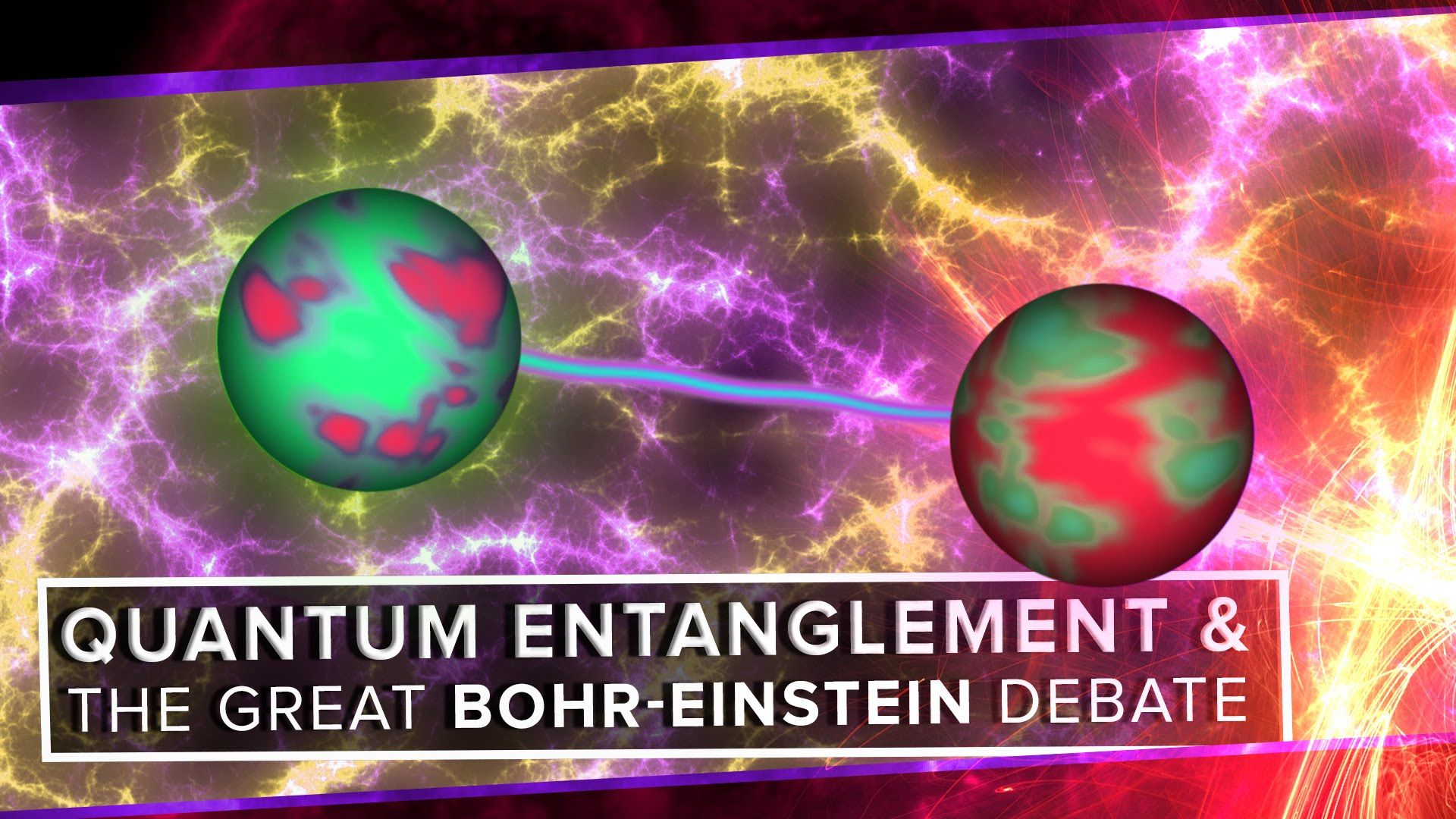Feb 9, 2017
Another hurdle to quantum computers cleared: Sorting machine for atoms
Posted by Karen Hurst in categories: computing, particle physics, quantum physics
Nice.
Physicists at the University of Bonn have cleared a further hurdle on the path to creating quantum computers: in a recent study, they present a method with which they can very quickly and precisely sort large numbers of atoms. The work has now been published in Physical Review Letters.
Imagine you are standing in a grocery store buying apple juice. Unfortunately, all of the crates are half empty because other customers have removed individual bottles at random. So you carefully fill your crate bottle by bottle. But wait: The neighboring crate is filled in exactly the opposite way! It has bottles where your crate has gaps. If you could lift these bottles in one hit and place them in your crate, it would be full straight away. You could save yourself a lot of work.
Continue reading “Another hurdle to quantum computers cleared: Sorting machine for atoms” »
